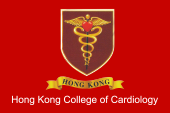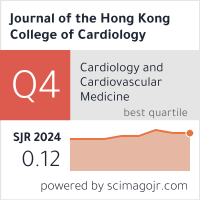Abstract
Background
Currently there are two strategies in Percutaneous Coronary Intervention (PCI) of the true left main (LM) bifurcation lesions: provisional stenting and two-stent technique. The optimal treatment strategy for true LM bifurcation lesions is undetermined. In addition, the percentage of use of imaging-guiding in these studies was low. We would like to undertake a retrospective cohort study to compare the clinical outcomes of provisional stenting versus two-stent technique in treating the true LM bifurcation lesions with the help of intravascular imaging.
Methods
Data of consecutive patients undergoing PCI of true LM bifurcation lesions in Yan Chai Hospital from January, 2018 to December, 2023 was studied. All LM PCI was done using imaging-guiding. The study endpoint was the composite rate of target lesion failure (TLF): cardiac death, target vessel myocardial infarction (MI), or clinically driven target lesion revascularization.
Results
A total of 57 patients were included, of which 28 (49.1%) used provisional stenting and 29 (50.8%) used two-stent technique. Two-stent technique group seemed to have lower TLF rates 13.8% as compared 21.4% in provisional stenting group (P =0.41). The differences were more obvious in complex true bifurcation group, in which two-stent technique group tended to be have lower TLF rates (33% in provisional stenting group and 9% in two-stent technique group, P =0.06).
Conclusions
In imaging guided PCI of true LM bifurcation lesion especially complex true bifurcation, two-stent technique seemed to have lower adverse cardiac event rates compared with provisional stenting, although it was not statistically significant.
Recommended Citation
Ming Leo Lau, Ho Fai Daniel Fong, Nim Pong Kwong, Comparison of Clinical Outcomes between Provisional Stenting and Two-Stent Approach for True Left Main Bifurcation Lesions in the Era of Imaging Guided Percutaneous Coronary Intervention Journal of the Hong Kong College of Cardiology 2025;32(3) https://doi.org/10.55503/2790-6744.1559
Creative Commons License

This work is licensed under a Creative Commons Attribution-Noncommercial-No Derivative Works 4.0 License.



